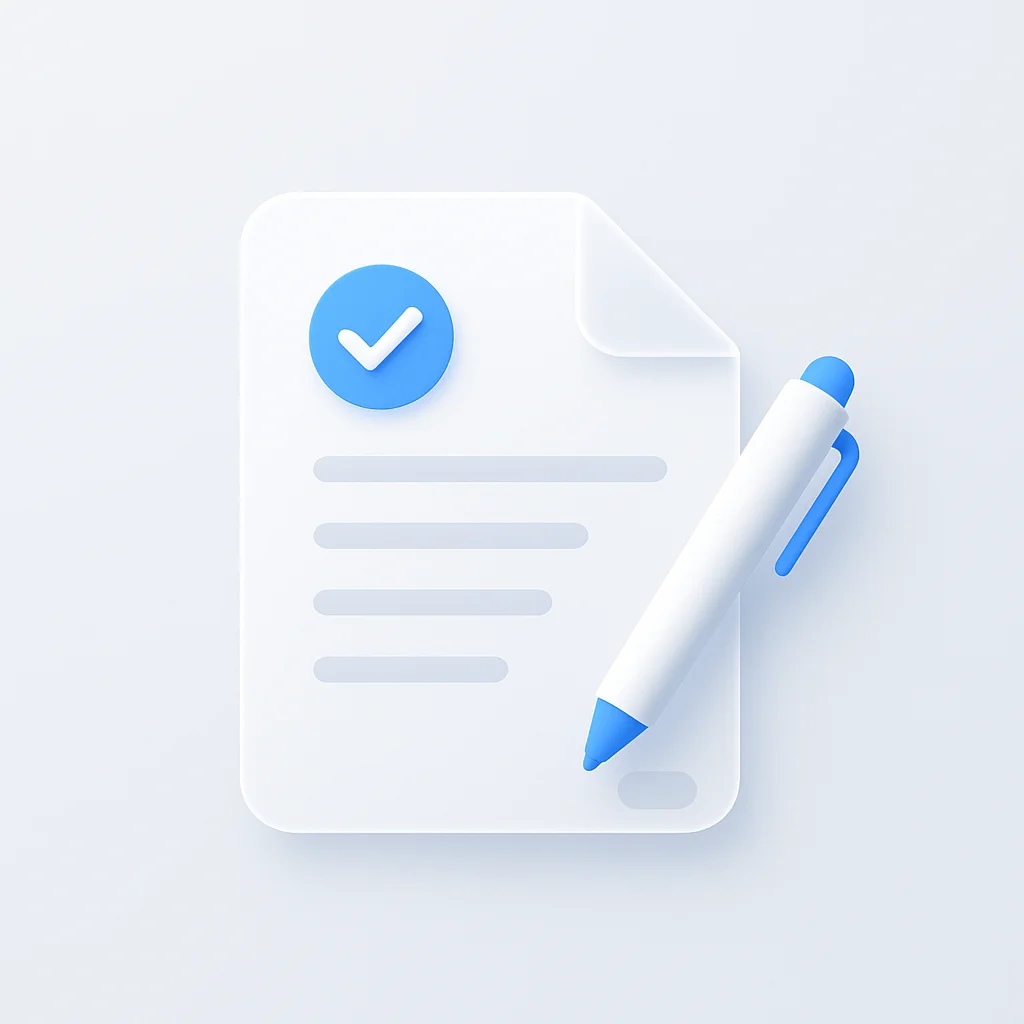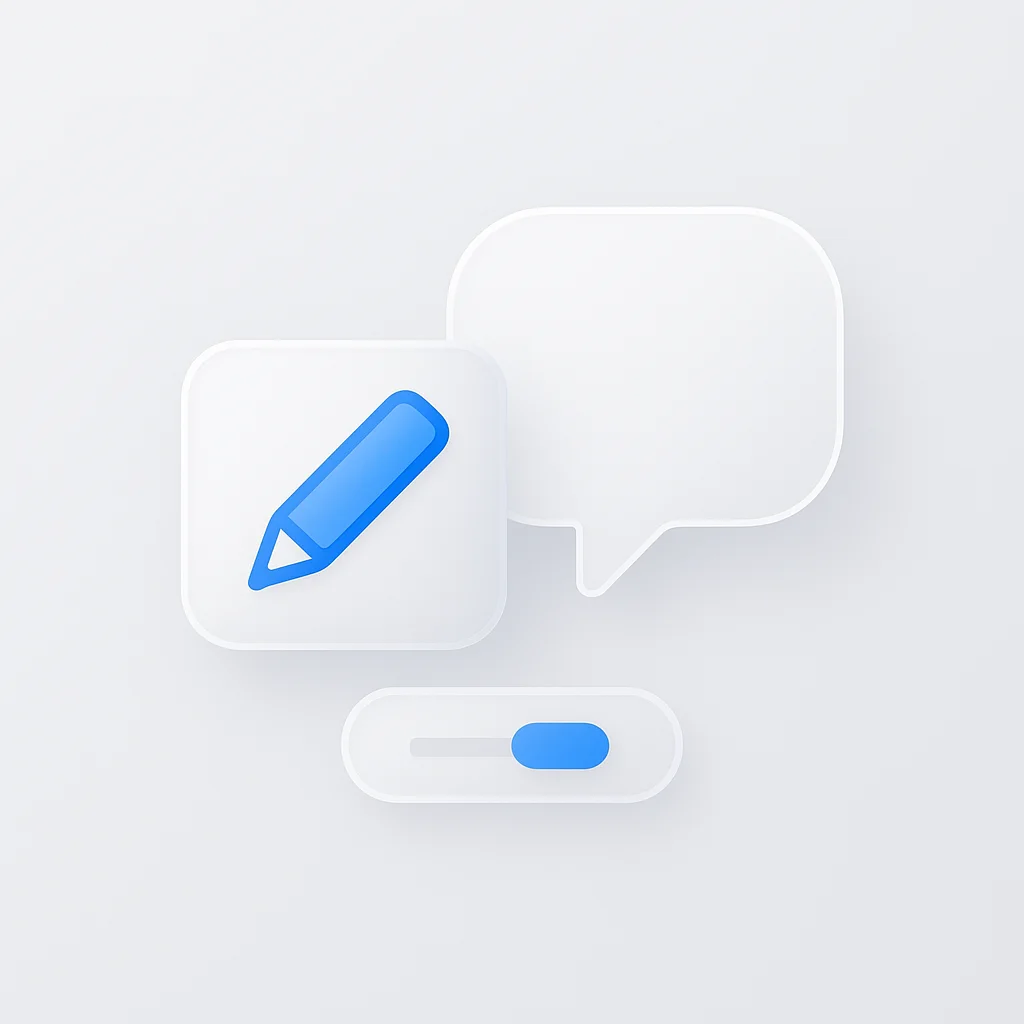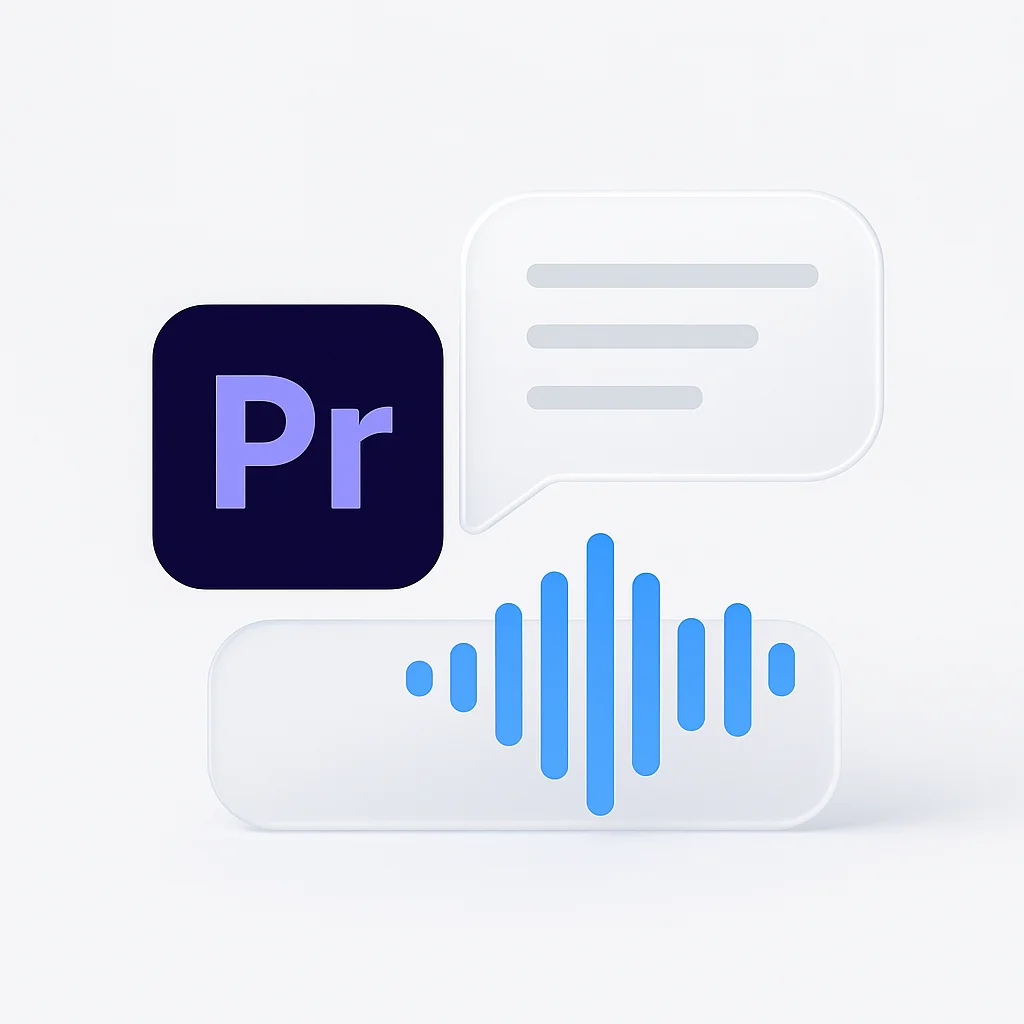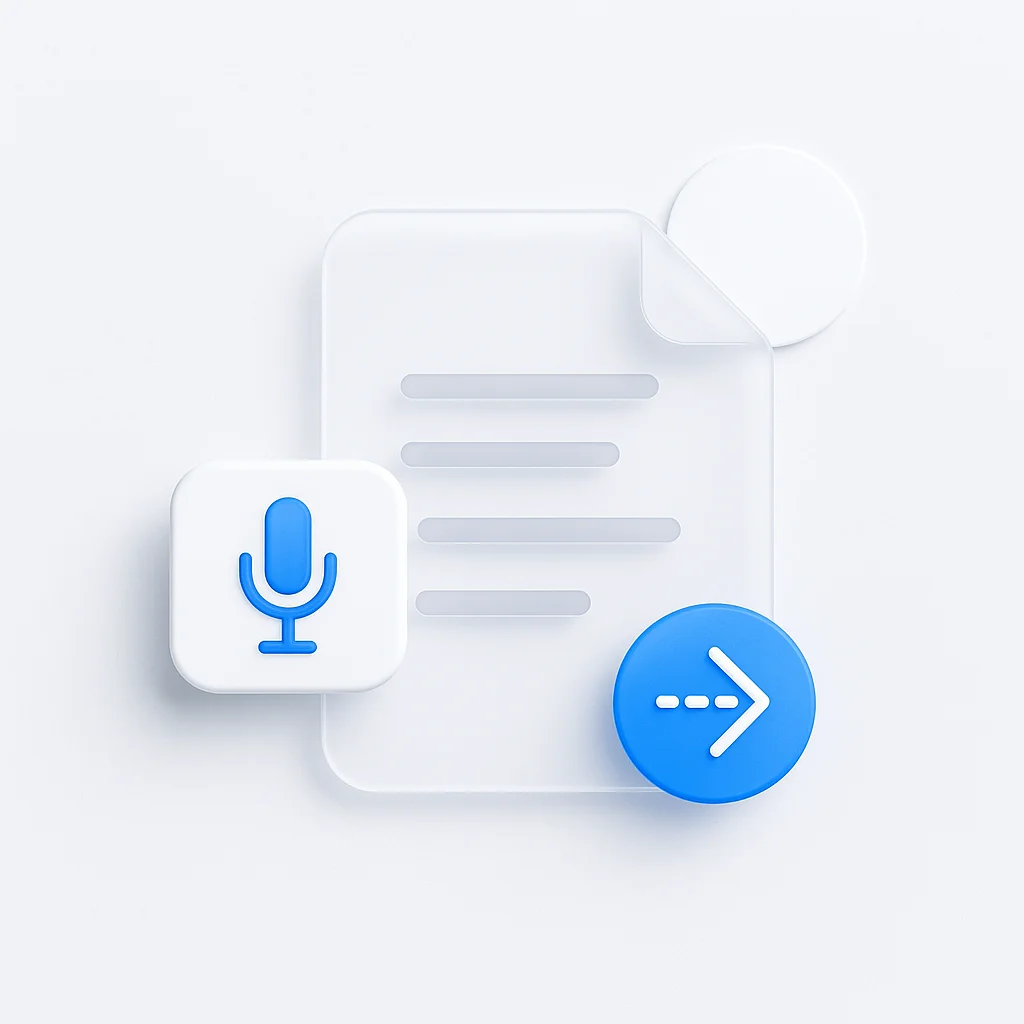In the world of corporate governance, board meeting minutes are more than just administrative notes—they are the official, legal record of the board’s decisions, actions, and commitments. Taking accurate and effective meeting minutes is a critical skill that ensures clarity, accountability, and legal protection for your organization. This comprehensive guide provides actionable tips, expert tricks, and 10 free templates to help you master the art of minute-taking.
Why Accurate Meeting Minutes are Crucial
Before diving into the “how,” it’s important to understand the “why.”
Legal Protection: Minutes serve as legal proof that the board has fulfilled its fiduciary duties of care, loyalty, and obedience. In case of a lawsuit or audit, well-documented minutes are your organization’s first line of defense.
Accountability and Action: They create a clear record of who is responsible for what task and by when, eliminating confusion and driving progress on strategic goals.
Historical Record: Minutes provide context for future boards and leadership, offering insight into why certain decisions were made.
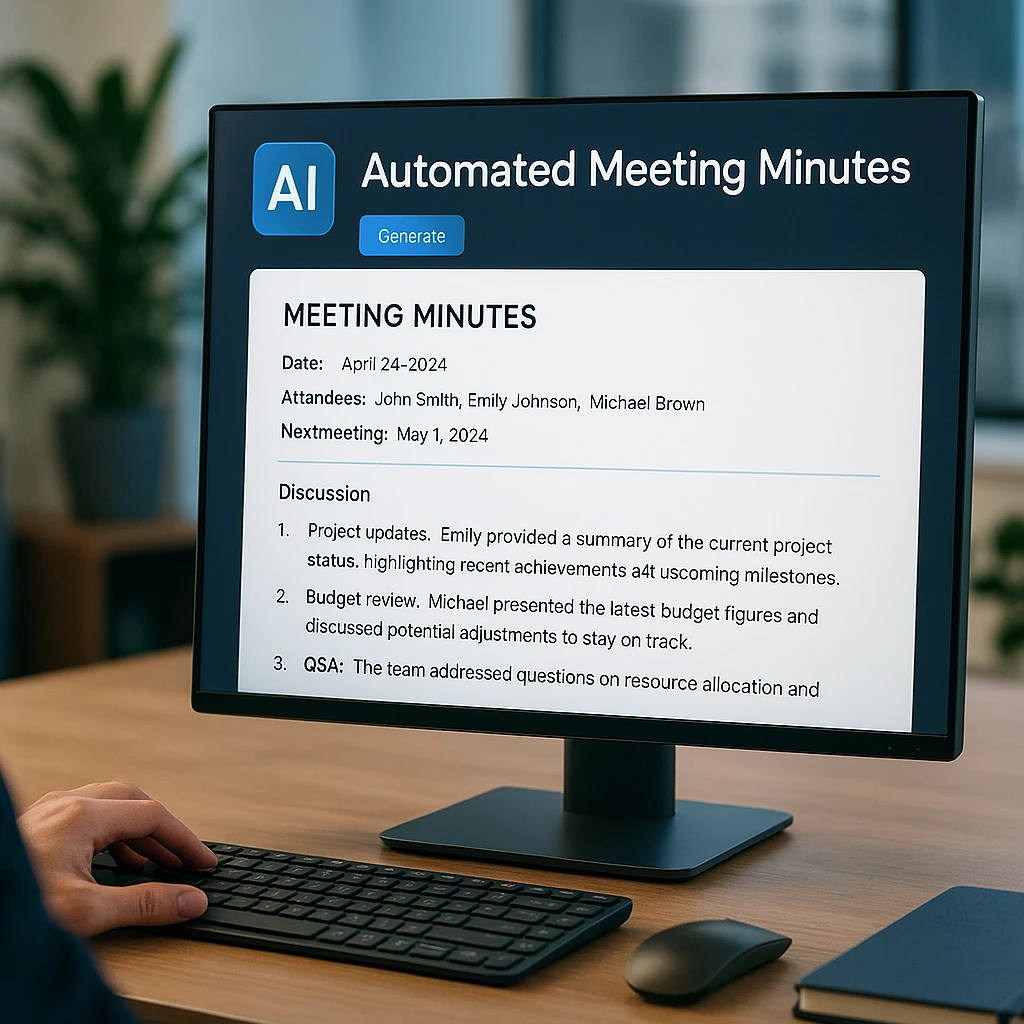
What to Include: The Anatomy of Effective Minutes
Every set of board meeting minutes should contain these essential components:
The Basics
- Organization Details: Name of the organization, date, and time of the meeting
- Location: Where the meeting was held (e.g., “Board Room” or “Via Google Meet”)
- Attendees: A complete list of all board members present and absent
- Quorum Confirmation: A statement confirming that the minimum number of members required to make official decisions was present
Meeting Content
- Approval of Previous Minutes: A record of the motion to approve the minutes from the last meeting
- Agenda Items: A summary of the key discussion points for each agenda item
- Motions and Votes: The exact wording of every motion, the name of the person who made the motion, the person who seconded it, and the outcome of the vote (e.g., “Motion passed, 7 in favor, 1 opposed”)
- Action Items: A clear table listing the task, the person responsible, and the deadline
- Adjournment: The official time the meeting ended
A Step-by-Step Guide to the Minute-Taking Process
Follow this three-phase process to ensure nothing is missed.
Phase 1: Before the Meeting
Collaborate on the Agenda: Work with the board chair to finalize the agenda. It will be your roadmap during the meeting.
Choose Your Template: Select one of the templates below and pre-fill it with the date, expected attendees, and agenda items.
Review Past Minutes: Be prepared for corrections or amendments during the approval process.
Phase 2: During the Meeting
Record the Start Time and Attendees: Note the exact time the meeting is called to order and take attendance to confirm a quorum.
Focus on Actions, Not Conversations: Do not transcribe the meeting verbatim. Your goal is to capture the essence of the discussion and the outcome of the decisions.
Record Motions Perfectly: When a motion is made, capture the exact wording, who made it, and who seconded it. This is the most critical part from a legal perspective.
Clarify If Needed: If you are unsure about a decision or an action item, don’t be afraid to ask for clarification before the conversation moves on.
Phase 3: After the Meeting
Draft Promptly: Write the official minutes within 24-48 hours while the details are still fresh in your mind.
Be Objective: Remove any personal opinions or emotive language. The minutes should be a factual, unbiased record.
Review and Distribute: Send the draft to the board chair for review before distributing it to the entire board for approval at the next scheduled meeting.
Expert Tips and Tricks for Perfect Minutes
Create a Seating Chart
If you’re new to the board, a simple seating chart can help you correctly attribute comments and motions.
Use Audio Recording (with Permission)
Ask for the board’s consent to record the audio of the meeting as a backup. This can be invaluable for ensuring accuracy. Modern AI note-taking tools can automatically transcribe and organize your recordings.
Develop a Shorthand
Create your own shorthand for common phrases or names to speed up your note-taking.
Understand Robert’s Rules of Order
Familiarize yourself with the basics of parliamentary procedure, especially concerning how motions, amendments, and votes are handled.
Use Action-Oriented Language
Instead of “The new marketing plan was discussed,” write “The board approved the Q3 marketing plan as presented by Jane Doe.”
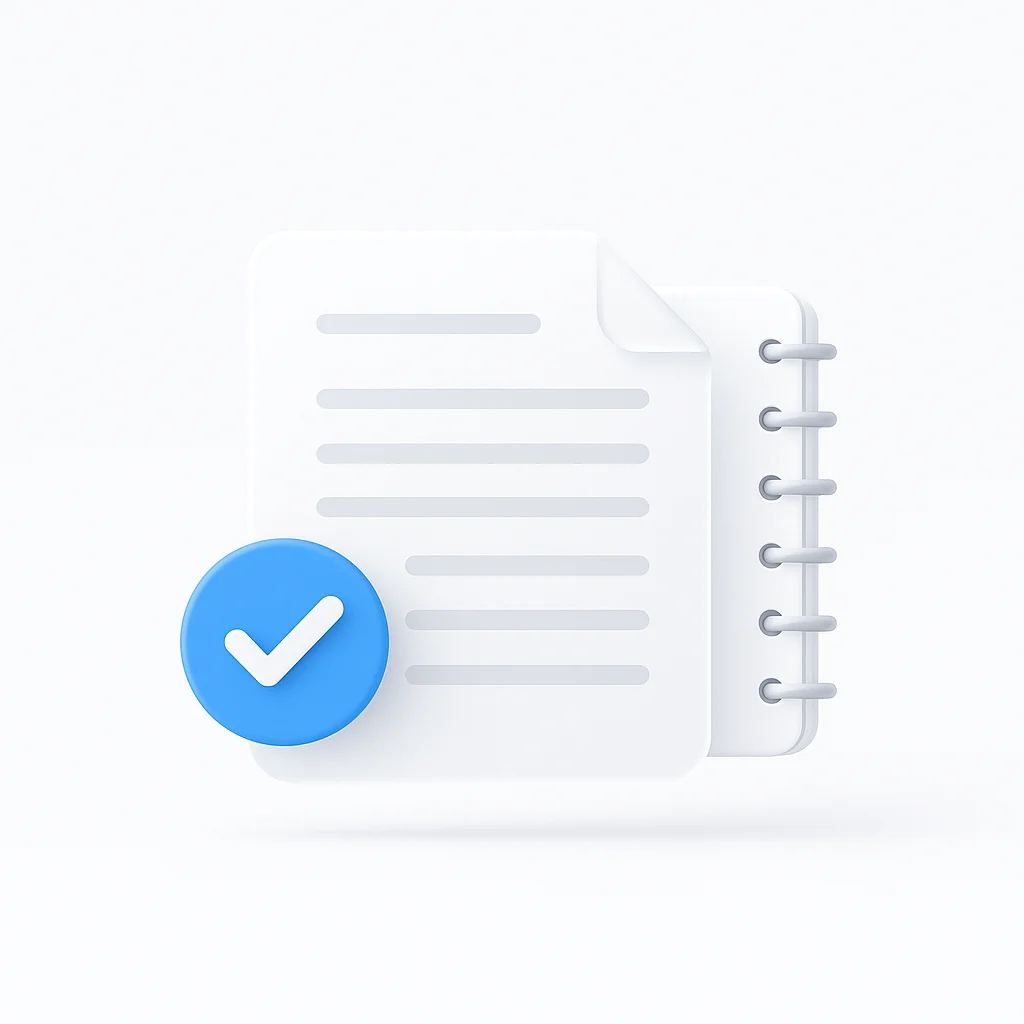
10 Free Board Meeting Minutes Templates
Here are 10 templates tailored for different needs:
1. Simple Board Meeting Template
Perfect for small boards or informal meetings with all the essential fields.
Key Features:
- Basic meeting information section
- Simple agenda tracking
- Action item table
- Signature lines
2. Formal Corporate Board Meeting Template
A comprehensive template suitable for corporations, including sections for governance and compliance.
Key Features:
- Detailed attendee tracking
- Compliance checkboxes
- Financial report sections
- Legal documentation requirements
3. Nonprofit Board Meeting Template
Tailored for 501(c)(3) organizations, with a focus on mission alignment and fundraising.
Key Features:
- Mission statement reminder
- Fundraising activity tracking
- Volunteer coordinator reports
- Grant application discussions
4. Startup Board Meeting Template
Focuses on key metrics, strategic pivots, and investor updates.
Key Features:
- KPI dashboard section
- Investor relations updates
- Product development milestones
- Funding status tracking
5. Action-Oriented Minutes Template
Designed with a prominent “Action Items” table at the top for easy reference.
Key Features:
- Action items priority matrix
- Deadline tracking
- Responsibility assignments
- Follow-up scheduling
6. Committee Meeting Template
A streamlined version for subcommittee meetings (e.g., Finance Committee, Governance Committee).
Key Features:
- Committee-specific sections
- Simplified voting procedures
- Parent board reporting format
- Specialized terminology
7. HOA Board Meeting Template
Includes specific sections for homeowner issues and property management reports.
Key Features:
- Property maintenance tracking
- Homeowner complaint log
- Budget variance reports
- Vendor management sections
8. Detailed Discussion Template
For meetings where capturing the “why” behind a decision is important, with more space for discussion summaries.
Key Features:
- Extended discussion sections
- Decision rationale capture
- Context preservation
- Background information tracking
9. Executive Session Minutes Template
A confidential template that simply records that a private session took place, who was present, and the time it started and ended.
Key Features:
- Confidentiality notices
- Participant tracking only
- Time stamps
- Reference numbering
10. Robert’s Rules of Order Template
A highly structured format that strictly follows parliamentary procedure for formal motions and votes.
Key Features:
- Parliamentary procedure compliance
- Motion tracking system
- Formal voting records
- Amendment documentation
The Modern Advantage: Using AI for Meeting Minutes
Manually taking minutes while actively participating is challenging. Modern AI tools can eliminate this burden.
AI Meeting Assistants
Tools like ScreenApp’s Meeting Minutes Generator can integrate with your virtual meetings on platforms like Google Meet or Zoom. They provide real-time transcription of the entire conversation.
Automated Summaries
After the meeting, these tools can use AI to instantly generate a draft of your summary, pull out key decisions, and list action items, saving you hours of work and dramatically increasing accuracy.
Professional Formatting
AI-powered meeting summarizers can automatically format your minutes according to professional standards, ensuring consistency and compliance with your organization’s requirements.
By combining a strong template with an AI assistant, you can ensure your meeting minutes are both comprehensive and effortless to create.
Best Practices for Different Meeting Types
Board Meetings
- Follow formal structure
- Include all legal requirements
- Document voting details
- Maintain confidentiality protocols
Committee Meetings
- Reference parent board decisions
- Focus on specialized topics
- Prepare summary reports
- Track committee recommendations
Executive Sessions
- Limit documentation to essentials
- Maintain strict confidentiality
- Record participants only
- Use coded references when necessary
Annual Meetings
- Include comprehensive reports
- Document elections/appointments
- Record financial presentations
- Capture strategic planning decisions
Common Mistakes to Avoid
Over-Documentation
Don’t transcribe every word spoken. Focus on decisions, actions, and key discussion points.
Unclear Action Items
Every action item must include who, what, and when. Vague assignments lead to missed deadlines.
Missing Context
Include enough background so future readers understand the reasoning behind decisions.
Delayed Documentation
Don’t wait more than 48 hours to draft minutes. Memory fades quickly.
Inconsistent Format
Use the same template and style for all meetings to maintain professional consistency.
Legal Considerations
Retention Requirements
Most jurisdictions require boards to maintain minutes for a minimum period (typically 7-10 years).
Public Access
Some organizations must provide public access to certain meeting minutes. Understand your obligations.
Confidentiality
Mark confidential sections clearly and maintain separate storage for sensitive information.
Signatures and Approval
Ensure proper approval processes are followed and documented for legal validity.
Technology Integration
Digital Storage
Use cloud-based systems for secure, accessible storage with proper backup procedures.
Version Control
Maintain clear version histories to track changes and approvals.
Search Functionality
Digital minutes should be searchable for easy reference and compliance reporting.
Integration Tools
Connect your minute-taking process with project management and calendar systems for seamless workflow.
Meeting Minutes Template Examples
Sample Board Meeting Minutes Format
ABC Corporation Board Meeting Minutes Date: June 24, 2025 Time: 2:00 PM - 4:00 PM Location: Conference Room A
Attendees:
- John Smith (Chair)
- Jane Doe (Secretary)
- Michael Johnson
- Sarah Wilson
Absent:
- David Brown (excused)
Call to Order: Meeting called to order at 2:05 PM by Chair John Smith. Quorum confirmed.
Approval of Previous Minutes: Motion by Jane Doe to approve May 2025 minutes. Seconded by Michael Johnson. Motion passed unanimously.
Agenda Items:
- Financial Report: CFO presented Q2 financial results showing 15% revenue growth.
- Strategic Planning: Discussion of 2025-2026 strategic initiatives.
Action Items:
| Task | Responsible | Deadline |
|---|---|---|
| Prepare budget proposal | Jane Doe | July 15, 2025 |
| Review vendor contracts | Michael Johnson | July 30, 2025 |
Adjournment: Meeting adjourned at 4:00 PM.
Meeting Minutes Template Word
For organizations preferring Microsoft Word formats, the same structure applies with additional formatting options:
- Headers and footers with organization branding
- Table formatting for clean action item tracking
- Comment features for collaborative review
- Track changes for revision management
Minutes of Meeting Template
The basic structure remains consistent across all formats:
- Meeting identification (organization, date, time, location)
- Attendance tracking (present, absent, guests)
- Approval of previous minutes
- Agenda item discussions
- Motions and voting records
- Action items with assignments
- Next meeting details
- Adjournment time
Advanced Minute-Taking Strategies
Using Technology Effectively
Modern meeting recording and transcription tools can significantly improve the accuracy and efficiency of minute-taking. Consider these approaches:
- Hybrid documentation: Combine AI transcription with human oversight
- Real-time collaboration: Use shared documents for immediate feedback
- Template automation: Pre-populate recurring agenda items
- Integration workflows: Connect minutes with project management systems
Quality Assurance Process
Establish a systematic review process:
- Immediate review: Check for completeness within 24 hours
- Chair approval: Submit draft to meeting chair for verification
- Member circulation: Distribute for comments before finalization
- Formal approval: Include in next meeting agenda for official approval
Frequently Asked Questions
How long should board meeting minutes be?
Board meeting minutes should be comprehensive but concise, typically 2-5 pages depending on the meeting length and complexity of discussions.
What’s the difference between minutes and meeting notes?
Minutes are the official, legal record of decisions and actions, while meeting notes are informal documentation for personal reference.
Should board meeting minutes include dissenting opinions?
Yes, record when board members vote against motions or express significant disagreement with decisions.
How do you handle confidential discussions in minutes?
Document that an executive session occurred with participants and timeframe, but keep detailed confidential discussions in separate, secured documentation.
Can board meeting minutes be amended after approval?
Yes, but amendments must be formally approved by the board and clearly marked in the official record.
What software is best for meeting minutes?
The best software depends on your needs. For comprehensive automation, ScreenApp’s meeting minutes generator offers AI-powered transcription and formatting. For simple needs, Microsoft Word or Google Docs work well with proper templates.
How do you ensure meeting minutes are legally compliant?
Follow your jurisdiction’s requirements for record-keeping, include all required elements (attendees, quorum, motions, votes), maintain proper storage and retention, and ensure timely approval processes.
Taking effective board meeting minutes is both an art and a science. With the right preparation, tools, and templates, you can create accurate, legally compliant documentation that serves your organization well. Whether you choose traditional note-taking methods or embrace modern AI-powered solutions like ScreenApp’s comprehensive meeting tools, the key is consistency, accuracy, and attention to detail.
Remember, good minutes aren’t just about recording what happened—they’re about creating a valuable resource that supports your organization’s governance, accountability, and future success.
